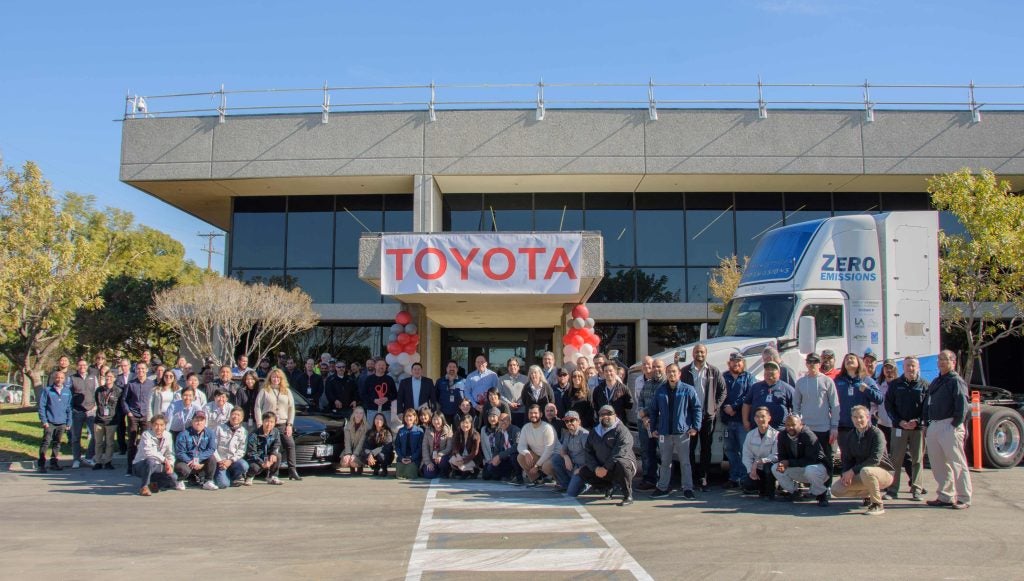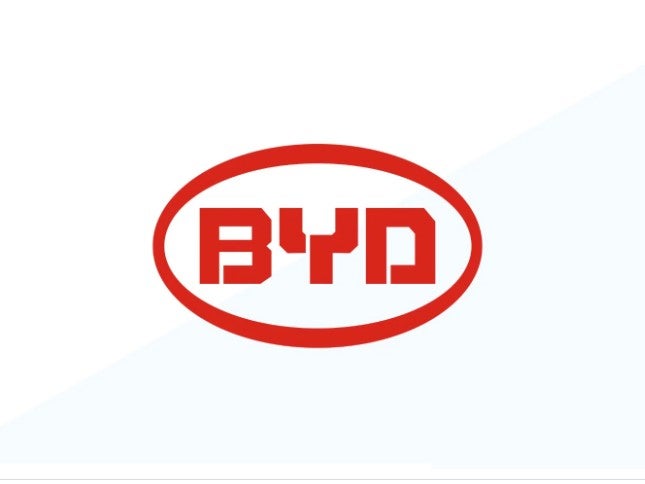
Toyota Motor has posted a worse than expected 25% drop in second fiscal quarter profit and cut its annual output target, as it battles surging material costs and a persistent semiconductor shortage.
The automaker also warned it remained difficult to predict the future after posting its fourth consecutive quarterly profit decline, Reuters reported.
During the coronavirus pandemic, the news agency noted, Toyota did better than most car makers in managing supply chains but fell victim to the prolonged chip shortage this year, cutting monthly production targets repeatedly.
“We’re out of the worst phase, but … it’s not necessarily a situation where we’re fully supplied,” Kazunari Kumakura, Toyota’s purchasing group chief, told Reuters, adding: “I don’t know when the chip shortage will be resolved.”
Operating profit for the three months ended 30 September, 2022 fell to JPY562.7bn (US$3.79bn), well short of an average estimate of JPY772.2bn in a poll of 12 analysts by Refinitiv. Toyota had reported a JPY749.9bn profit a year earlier, and JPY578.6bn in profit in the first first fiscal quarter, Reuters said.
Kumakura told the news agency the global auto chip shortage continued, as chipmakers had prioritised supplies for electronics goods such as smartphones and computers, while natural disasters, COVID lockdowns and factory disruption had slowed a recovery in auto chip supplies. He added the supply of older type semiconductors, that attract little capital investment currently, would remain tight.
How well do you really know your competitors?
Access the most comprehensive Company Profiles on the market, powered by GlobalData. Save hours of research. Gain competitive edge.

Thank you!
Your download email will arrive shortly
Not ready to buy yet? Download a free sample
We are confident about the unique quality of our Company Profiles. However, we want you to make the most beneficial decision for your business, so we offer a free sample that you can download by submitting the below form
By GlobalDataThe report said some analysts were underwhelmed by the performance, saying other positive factors beyond the chip shortage should have provided a boost.
“The yen is weaker in the second quarter, the volume in the second quarter is much higher than in the first quarter, and the (COVID) lockdown in China does not affect (the volume in the second quarter),” Koji Endo, an analyst at SBI Securities, told Reuters.
“Considering these points … the absolute amount of profit in the second quarter has got to be higher than that of the first quarter. It is very unimpressive.”
Production rebounded by 30% in the quarter, the report noted, but the company warned earlier shortages of semiconductors and other components would continue to constrain output in coming months.
Toyota said it now expected to produce 9.2m vehicles this fiscal year, down from the previously forecast 9.7m but still ahead of last financial year’s output of about 8.6m.
Reuters reported last month Toyota had told several suppliers it was setting a global target for the current business year to 9.5 million vehicles and signalled that forecast could be lowered, depending on the supply of electromagnetic steel sheets.
The yen had plunged around 30% this year against the US dollar but the benefit of the cheap yen – making sales overseas worth more – had been offset by soaring input costs.
The weak yen boosted profit by JPY565bn in the first half of this financial year, Toyota said, but the gain was more than wiped out by a JPY765bn increase in material costs with the cheap local currency further inflating import costs.
According to Reuters, Toyota retained its conservative profit outlook, keeping to its full year operating forecast of JPY2.4n yen for the fiscal year ending 31 March, 2023 – well below analysts’ average forecast of JPY3 trillion.







